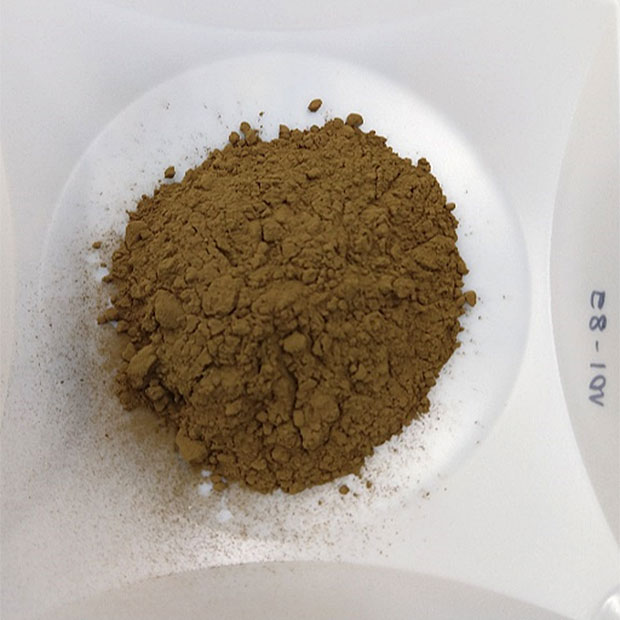Recycling Hard Drives as Electronic Junk - Partial Solution from iNEMI

The volumes of “electronic garbage” are huge - since 2014, mankind annually generates about 42 million tons of this kind of waste. E-waste includes both discarded electronic and electrical devices and their components. Electronic waste is dangerous in that it may contain harmful substances such as lead, mercury, polychlorinated biphenyls, polyvinyl chloride.
Hard drives make up a certain part of the waste, which is very difficult to recycle. But thanks to new technologies, drives with restored magnets may soon appear (or rather, already appear).
So, in the second half of last year, Google received six HDDs manufactured by Seagate for testing. The magnets in these disks were not new; they were removed from the disposed drives, which simply ended their life or failed. By the way, all these discs were written off from the Google data center.
As it turned out (in principle, there is no reason to be surprised), the disks work perfectly, no worse than devices made from new materials. HDD recycling technology was developed by the Dutch company Teleplan. The process is very laborious. First, the disks are placed in a room with a minimum level of dust, where they are disassembled, and manually. Magnets are removed from the discs and sent to Seagate. Further, the company installs them in new drives, however, only if the magnets can still be used (i.e. they were not removed from morally obsolete devices).
Unfortunately, due to the complexity of the process, it is difficult to scale disk utilization, given the amount of time, effort and finance used to do this, it is likely that it is cheaper to produce new disks. And the problem with the HDD is more than relevant - in the USA alone, more than 20 million hard drives are written off every year . This is a huge pile of electronic waste.

One of iNEMI's pilot projects involves removing the entire assembly of the head stack, as well as the upper and lower magnets. Source: iNEMI
True, there is an alternative to the method proposed by Teleplan. A team of researchers from the Oak Ridge National Atomic Energy Laboratory has proposed a new method for extracting rare earth magnets from disks to reuse these materials. And this, by the way, is fully consistent with the strategy developed by the US Department of Energy. The Office claims that reuse of rare earths is the first line of defense in protecting national security.
The laboratory was able to find out that in most disk models, magnets are located in the lower left corner of the drive. So in order to quickly get the magnets, you just need to chop off the angle from the HDD, so that there is still a certain margin in length (so as not to damage the magnets themselves).
After this, the chopped off elements are heated to a certain temperature in a special furnace. This is done so that the magnets lose their magnetic properties and are easily separated. The proposed technique allows you to process up to 7200 discs per day. The extracted magnets can be reused after restoration of magnetic properties. But they can also be recycled without problems - and not only for the manufacture of new magnets, but also for the production of rare-earth elements necessary for many fields of science and technology.

Rare earth oxides are extracted from magnets extracted from recycled hard drives and then molded into metal ingots, which are subsequently converted to permanent magnets.
The extracted raw materials are processed by grinding (literally dust). Next, a magnetic fraction is extracted from the obtained substrate. All this turns into oxide powder, which serves as the feedstock for the creation of new magnets. Urban Mining Company also produces magnets that are used not only in IT, but also in other areas, including mechanical engineering. The recycling strategy, as discussed above, is being implemented by the US Department of Energy.
